
Hiking Gear Checklist: What to Bring on Your Next Day Hike
Disclaimer: All recommended products have been independently researched and reviewed. As an Amazon Associate, I earn from qualifying purchases.
My favorite way to spend a Saturday is hiking in the mountains. It’s a wonderful way to disconnect from our busy lives and reconnect with nature. However, you’ll need the right hiking gear for a safe and enjoyable trip. This post covers what gear to bring on a day hike. The first section will outline essential items you should always bring. The second section goes over optional items. Some of them are only needed under certain circumstances. Others are ways to enhance the experience, such as bringing a book or hammock.
Essential Hiking Gear
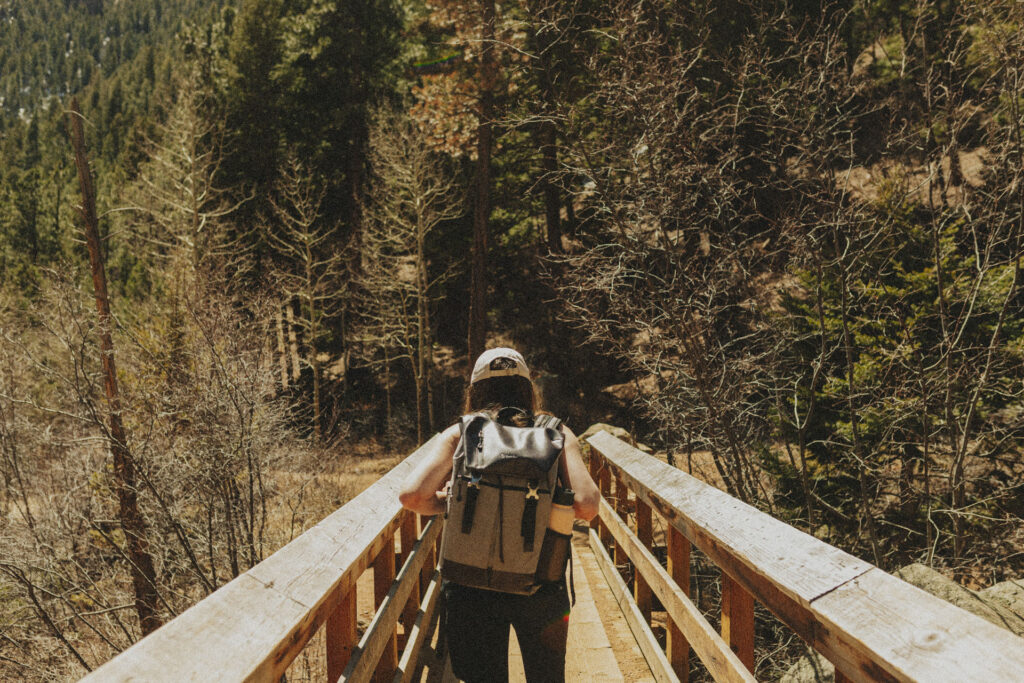
1. Backpack
A good hiking backpack is fundamental. It provides an easy way to carry all your gear and supplies. However, weight from food, water, clothing, and other essentials can add up fast. It’s important to have a backpack designed specifically for hiking.
A good day hike backpack is lightweight, sturdy, and easy to organize. Look for a backpack with plenty of compartments and pockets to organize your items. Having quick and easy access to frequently used items is a game changer.
Additionally, you’ll want to make sure it’s optimized for ergonomics. A good hiking backpack should have well-designed shoulder straps and a sturdy belt. This will distribute weight evenly across your body, minimizing shoulder and back strain.
Best lightweight backpacks for day hikes:
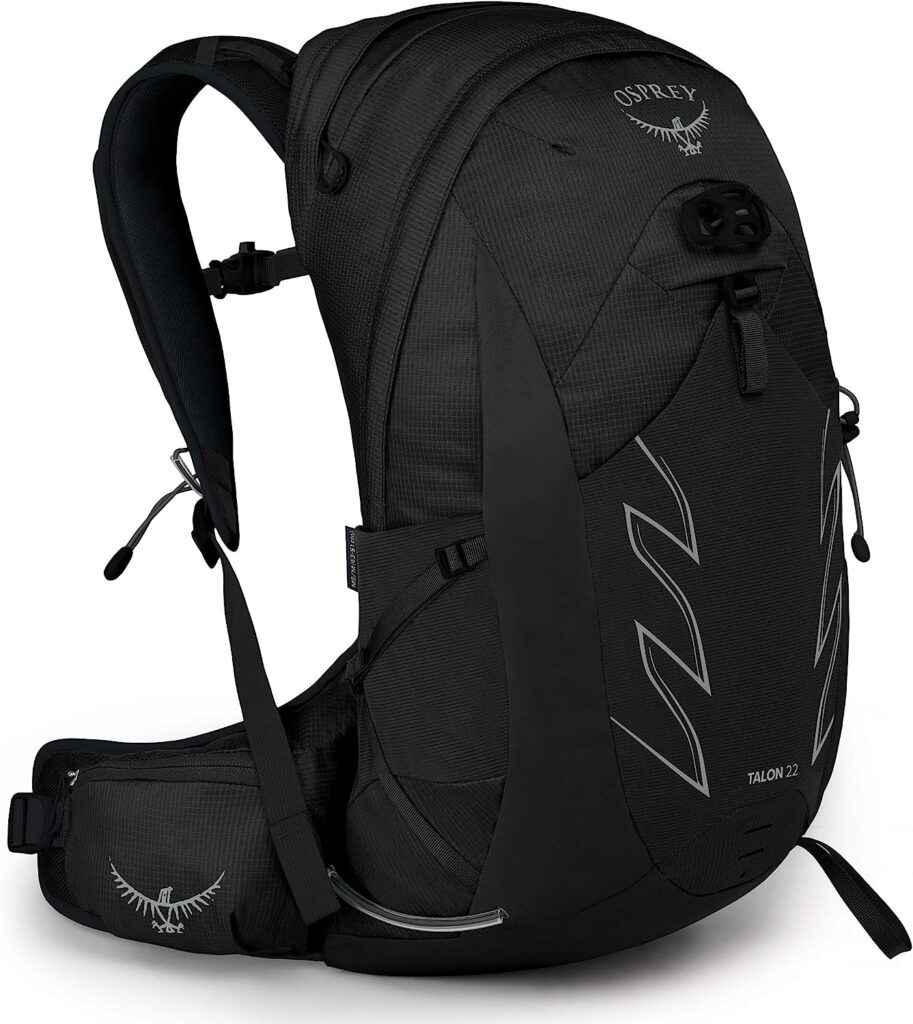
Osprey Talon 22
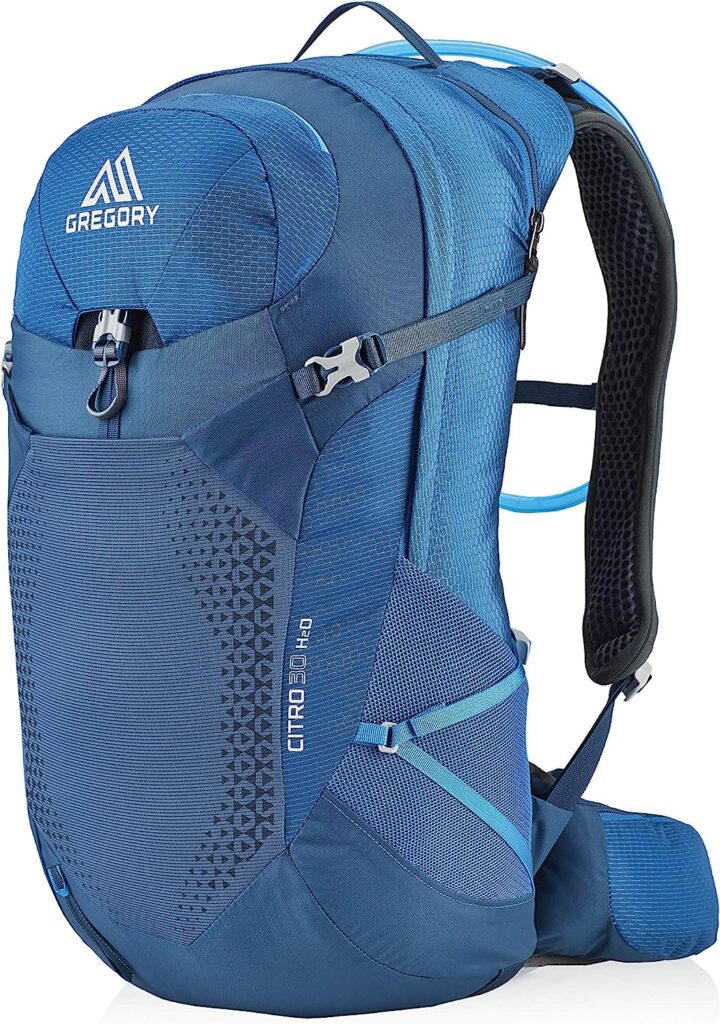
Gregory Mountain Hydration Backpack

Osprey Daylite Plus Daypack
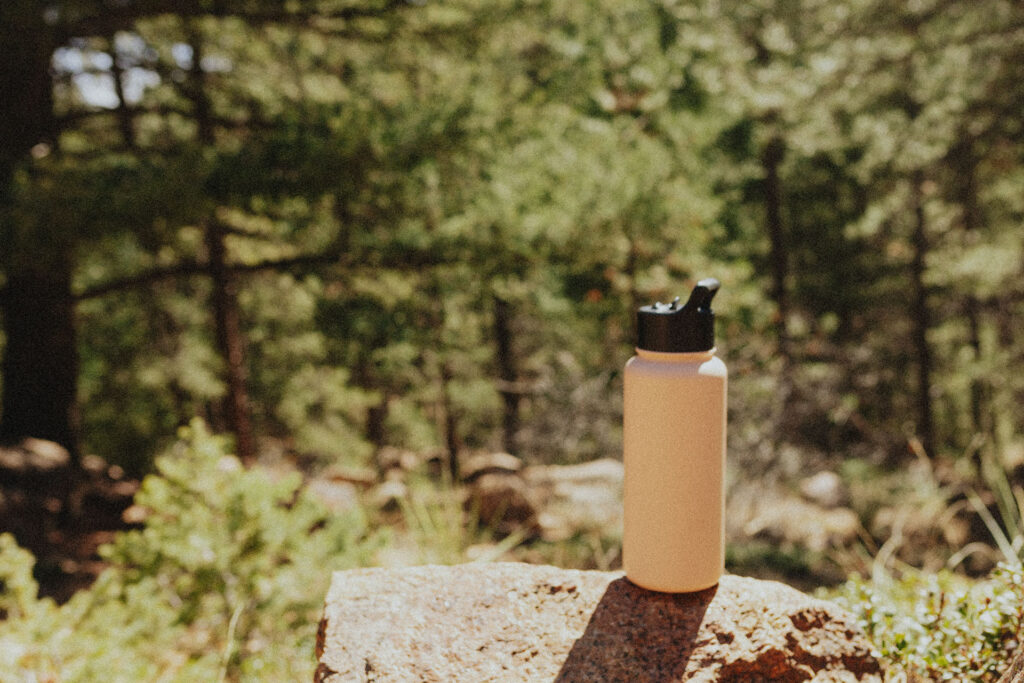
2. Full Water Bottle
Having plenty of water is necessary for a safe and comfortable day trip into the mountains. The physical exertion and high altitude will dehydrate you fast. Consequences of becoming dehydrated in the backcountry range from uncomfortable to deadly. It can cause fatigue, dizziness, headaches, muscle cramps, and more.
So, bring more than enough water on any hiking trip! Hiking should be a fun experience. Being challenged can add to the fun, but not when it’s from feeling sick! The extra water weight is worth it.
We’re all nature lovers here. Find a reusable water bottle you love and will use for a long time. On a long day hike, I recommend bringing either;
• at least two full water bottles, or
• one full water bottle and a water purifier.
Recommended re-usable water bottles:
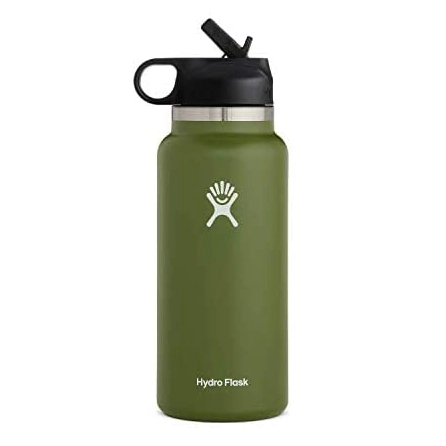
Hydroflask
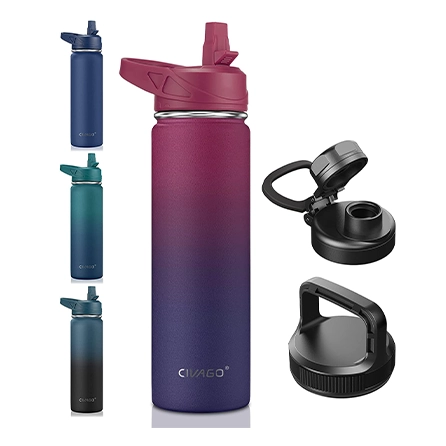
CIVAGO 22 oz
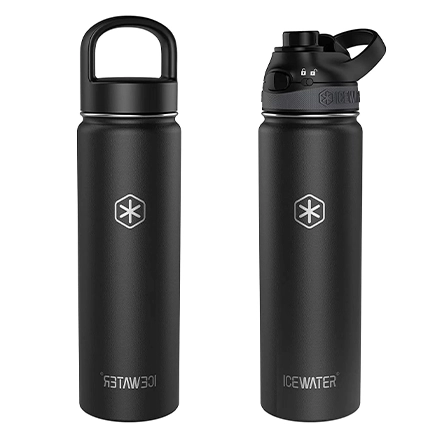
Icewater 40 oz
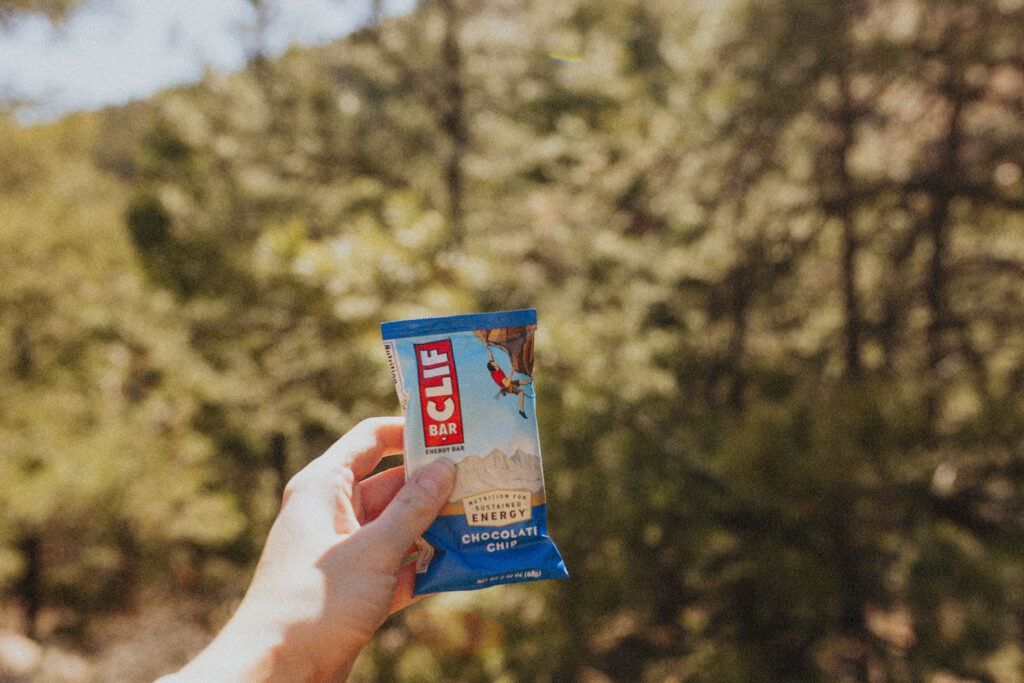
3. Trail Snacks
Similarly to staying hydrated, you’ll need enough fuel to complete your hike! Bring different kinds of trail snacks that provide a variety of nutrients. You’ll need a mix of protein, fats, and sugars. Cliff Bars are an excellent choice. They’re compact and provide all the nutrients mentioned previously. Additionally, you could bring beef jerky, trail mix, dried fruit, or nut butter. You could shop for snacks at your favorite store (hello, Trader Joe’s) or make ’em yourself!
Plan ahead with some of these goodies:
100% Natural Dried Fruit Bar Variety Pack
Power Up High Energy Trail Mix
4. Sun Protection
Some people take care of their skin for beauty purposes. Others simply want to avoid a gnarly sunburn. Either way, sun protection is vital. In summer, the Rocky Mountains are often nice and cool. However, the high elevation increases the sun’s intensity. Many of Colorado’s most epic hikes are above tree level. Consequentially, whatever skin is not covered will get significant sun exposure. So, cover up all your skin with clothing or sunscreen. Bring shades, a hat, sunscreen, and lip balm with SPF. Make sure to reapply sunscreen to any exposed skin every two hours!
Check out these items to protect your skin:
Sun Bum SPF 50 Spray Sunscreen
EPHIU Polarized Sports Sunglass (Lots of fun color options available!)
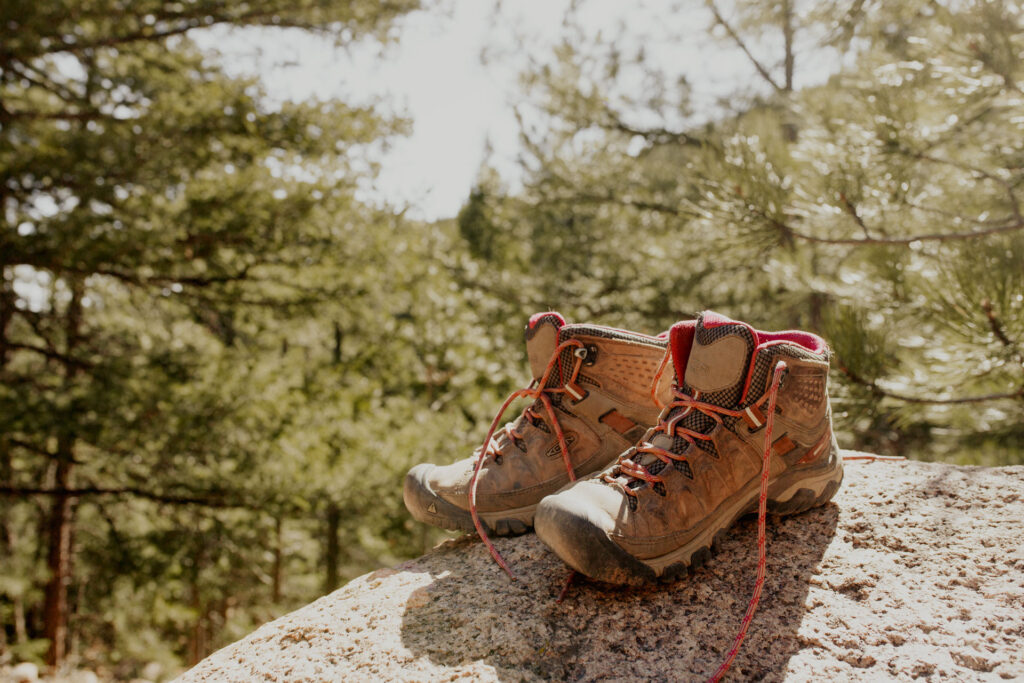
5. Good Hiking Boots
Having a good pair of hiking boots can make or break your experience. They should be specifically suited for your trip. Picking a solid general pair for your climate is essential. For Colorado, look for boots that are waterproof, stable, and have excellent traction. However, you might need a specialized pair for some activities. Mountaineering, snowshoeing, and trail running require specific qualities in a boot.
For more information on choosing hiking boots, check out this post.
6. Good Hiking Socks
Hiking socks can easily be overlooked. However, you want to be intentional about everything you put on your feet while on a long trek. A good pair of hiking socks should be comfortable, moisture-wicking, and suited to the climate (i.e., warm for winter and lightweight for summer). You don’t want your socks slipping down your heel or causing blisters. Ouch!
Here are some great hiking socks to check out:
Darn Tough Wool Micro Crew Socks for Hiking
Smartwool Run Zero Cushion Ankle (Great for summer hikes!)
Wrightsock Coolmesh II Anti-Blister Socks
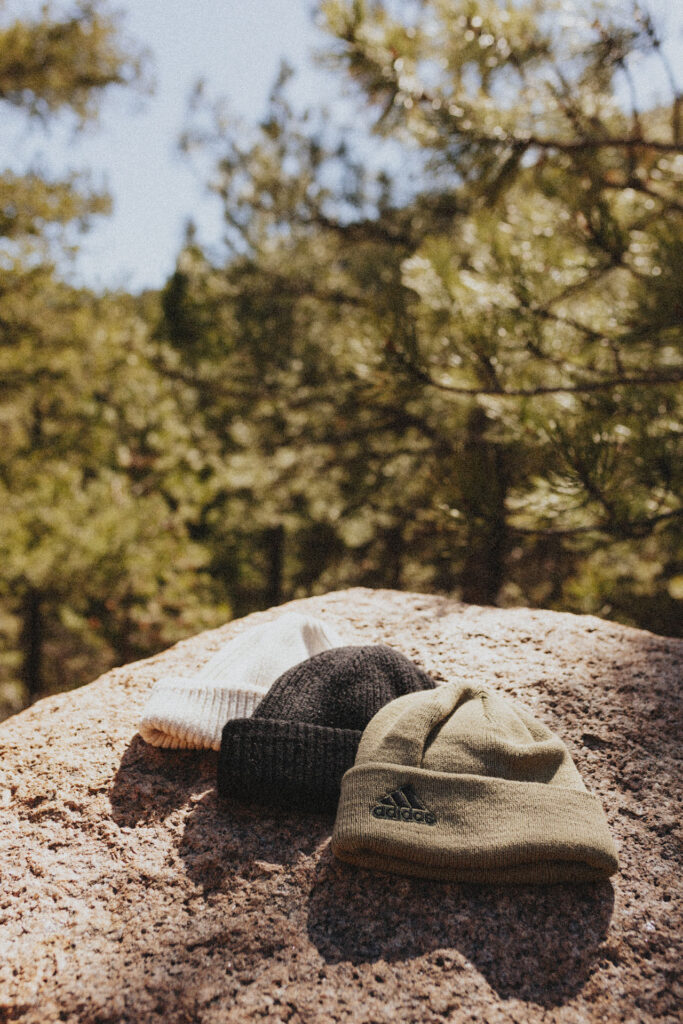
7. A Hat
Hats are more than a fashion accessory. They can provide sun protection and warmth. I don’t know about you, but whenever I forget my hat in the mountains, I always get a sunburn on my scalp. No bueno. Additionally, a beanie will help keep your head and ears warm during cold weather. In warm weather, stick to a light ball cap, bucket hat, or wide-brimmed hat.
Here are some great hats for hiking to check out:
Outdoor Research Sunbriolet Sun Hat
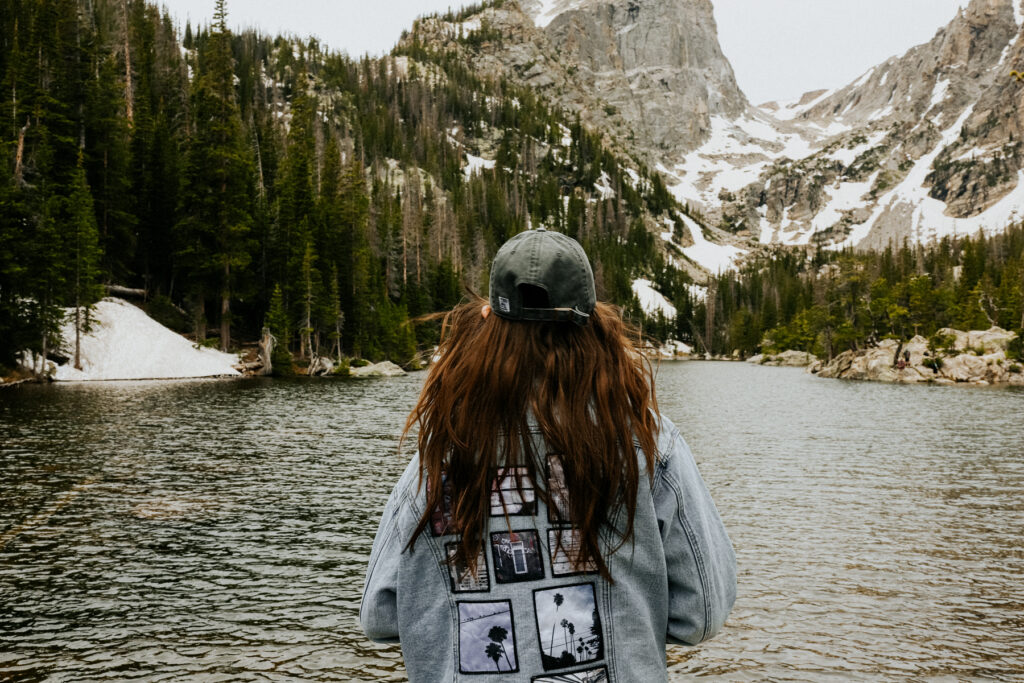
8. Jacket
During the colder months, a jacket is a no-brainer. However, it’s best to always bring one, despite the temperature. If rain is possible, bring a waterproof one. Warm and dry? Bring something light (even if it’s just a flannel) to keep the sun off your arms and shoulders. Use your best judgment on what jacket(s) you may need. In this case, it’s better to be over-prepared than not-at-all-prepared.
Women’s hiking jackets to check out:
The North Face Osito Fleece Jacket
Marmot Lightweight waterproof jacket
Outdoor Research Women’s Ferrosi Hooded Jacket
9. Moisture Wicking Base Layers
Let’s face it, you’re going to get sweaty while hiking. You don’t want it ‘sticking’ around (yeah, gross, I know). Make sure you wear moisture-wicking base layers to keep yourself dry. This includes underwear, bras, pants, and a base shirt. Look for synthetic materials like polyester, nylon, or micromodal. Good organic options include wool and bamboo. Avoid cotton, denim, and silk.
Here are some product ideas to get you started:
Arc’teryx Rho Lightweight Long sleeve top
Arc’teryx Contenta Sleeveless Top
Running Girl criss cross sports bra
10. First Aid Kit
All sorts of accidents and inconveniences happen in the backcountry. Plan ahead by bringing remedies for what you can! A few bandaids, a blister kit, antibacterial creams, and pain and allergy meds can go a long way. You can also get medical kits specifically for exploring the backcountry. If you don’t end up using these items, that’s great! But, if you find yourself in a situation where you need them, you’ll be VERY thankful you brought them!
Here are some great first aid kits for hiking:
Welly Excursion Kit for Cuts and Scrapes
11. Navigation Tools
GPS tools on your phone are outstanding. However, they’re not much use when you don’t have service, which you can count on in the mountains. Bring physical navigation tools such as a map and compass. Have a pre-planned version of your route with you, in your car, and with a trusted friend. In addition to downloading an offline map from AllTrails, carry a printed version. You never know when you’re phone may die, malfunction, or get lost!
Navigation tools to consider:
Garmin inreach mini 2 (Satellite GPS)
12. Sanitary Products
Staying clean is vital for your health. Bring hand sanitizer or wipes to disinfect your hands before you eat. You could also bring eco-friendly soap, but make sure not to get it in the water supply. Longer trails may also require you to bring in (and pack out) a poop kit. If you’re on your period, you’ll need to bring extra supplies for that, plus a way to pack out waste in case you need it.
Some products to check out:
Noshinku Pocket Hand Sanitizer Refill Kit
13. Headlamp
You should always carry a headlamp in your hiking backpack. Even if you don’t plan on hiking in the dark, it’s always best to have one in case of emergency situations. You never know when you may need one. Plus, headlamps are inexpensive and lightweight. Pack a few extra batteries as well.
The only headlamp you need:
GearLight LED Head Lamp with adjustable straps
14. Insect Repellant
Using insect repellant does more than prevent nuisance. It prevents disease-carrying bugs from biting you. Ticks and mosquitos can carry serious diseases, including Lyme disease, malaria, and West Nile virus. Additionally, insect bites can be downright uncomfortable. They can cause itching, pain, and swelling. No one wants to deal with that on a trek through the backcountry.
Products to keep the bugs away:
OFF! Deep Woods Insect Repellent
Sawyer Picaridin Insect Repellent Lotion
Cliganic Mosquito Repellent Bracelets
Optional Hiking Gear
Here’s a list of additional items you may need or want to bring. Some are required for particular trails and weather conditions (i.e., gaiters or deep snow). Some are to enhance or document your hiking experience (i.e., a sketchbook). Each item includes info on why and when you should bring it. Use your best judgment on what works best for you and your chosen adventure!
15. Trekking Poles
Trekking poles improve stability, balance, and endurance on hikes. They’re particularly beneficial when navigating steep, rocky, and/or loose terrain. They provide additional traction and reduce the risk of slips and falls. Trekking poles also help distribute weight more evenly. This reduces muscle strain and makes carrying heavy backpacks easier. They’re essential for any long, steep, and/or loose terrain hikes. You COULD get by without them, but they will make your trip considerably safer and more comfortable.
Great trekking poles to check out:
Black Diamond Trail Ergo Cork Trek Poles (One of the best)
Black Diamond Distance Z Folding Trekking Poles (Excellent Ultra-Light option)
Cascade Mountain Tech Aluminum Trekking Poles (Great Budget Option)
16. Gaiters
Hiking gaiters prevent debris such as snow, rocks, dirt, and water from getting in your boots and pants. Essentially, they keep your shoes and pants dry and clean. They’re essential for hiking in deep snow or water. The last thing you want is to walk for miles with cold, wet feet. They’ll also help protect from scratches and cuts from thorny vegetation and rocks. Gaiters come in a variety of materials suitable for different weather and hikes.
Best gaiters:
Outdoor Research Crocodile Gaiters (Best for For mountaineering)
Outdoor Research Rocky Mountain High Gaiters (Best for snowshoeing)
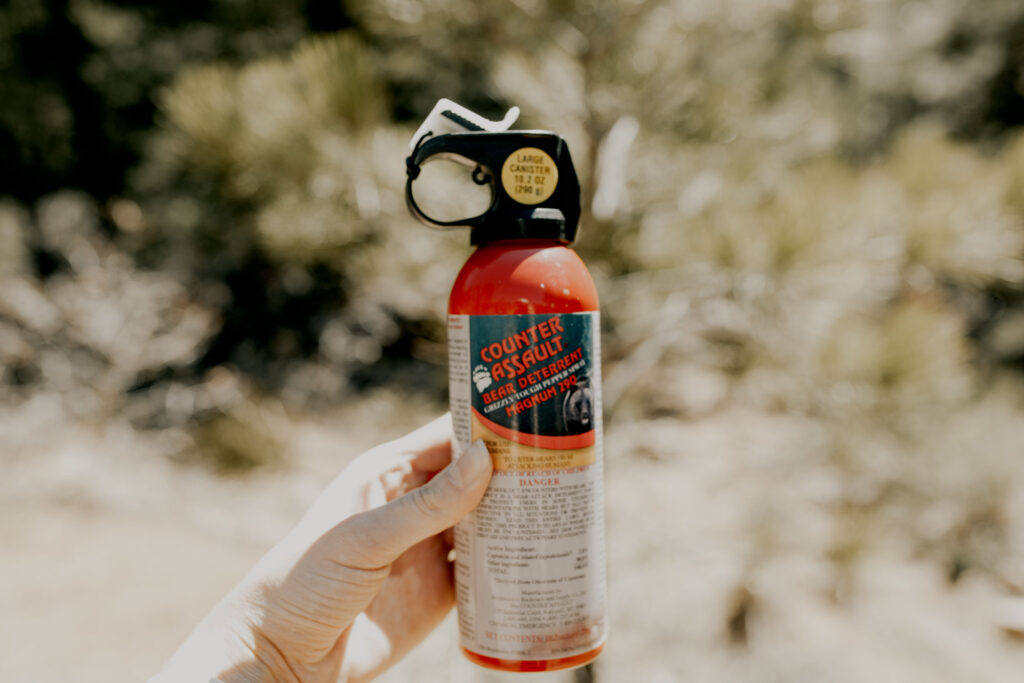
17. Bear Spray
Hiking through bear country? Bring bear spray. It’s a type of pepper spray designed to deter bear attacks. It’s non-lethal and causes temporary discomfort to the bear. This can prevent an agitated bear from attacking. Only use Bear Spray as a last resort. Hikers should always take precautions to prevent a bear encounter altogether. This includes:
• Storing food, garbage, and scented products in a bear-proof container.
• Staying aware of your surroundings.
• Making enough noise to alert wildlife of your presence.
What you’ll need:
Counter assault Bear Spray Holster
18. Camera & Extra Batteries
If you’re anything like me, you’ll want to document every moment of your adventure (possibly to the point of annoying everyone else on the trip for taking so many photo stops haha). For this, you’ll want to bring a camera with backpack batteries and a safe, waterproof place to store it. Your camera could be as simple as your phone or as complex as a DSLR with multiple lenses. Totally up to you!
Ps. Let me know in the comments if you’d like me to write a post on camera gear for hikes!
21. Fitness Watch
I personally love having my fitness watch any time I go on a hike. I know not everyone is like this, but the fitness nerd in me loves to see my stats at the end of the hike. Knowing the distance walked, elevation gain, and how many calories I burned makes me feel good. However, that’s when the health nut in me leaves. After a long hike, you’ll likely find me consuming pub food and beer. It’s the Colorado way.
Great outdoors fitness watches to check out:
22. Hammock
One way I like to enhance my hiking experience is by bringing a hammock. I mean, you’re putting in a ton of work to get to these beautiful, remote spots. Why not take time to relax and savor it? Find a nice place to set up, relax, and enjoy those gorgeous mountain views.
My favorite: The Eno Doublenest Hammock
It’s lightweight, high-quality, and comes in a wide variety of fun colors and patterns. Keep in mind Eno suspension systems are sold separately. You’ll need these straps to use an Eno hammock.
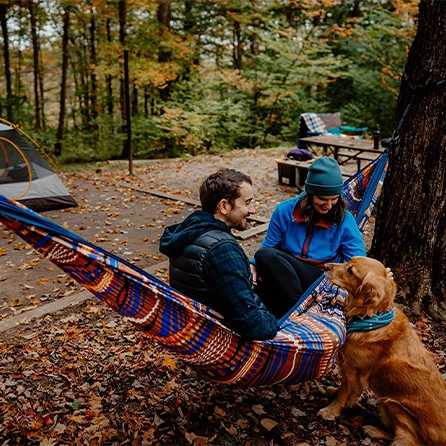
Eno doublenest in Tundra
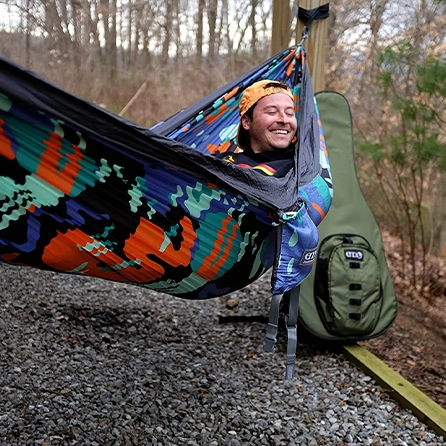
Eno doublenest in lagoon
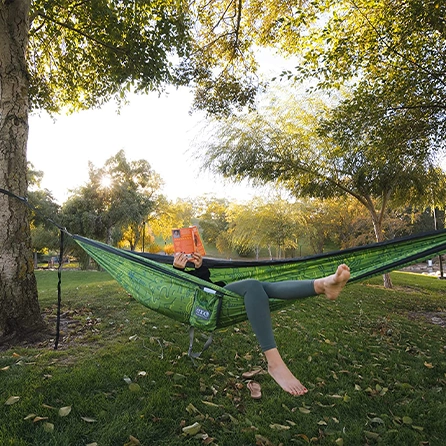
Eno doublenest Leave No trace special edition
23. Bring a Book for Reading or Sketching
Adding on to my last point – why not find additional ways to savor and enhance your trip into the backcountry? You could bring a book to read or a sketchbook to document your travels. You could enjoy it from a hammock or find a nice sunny rock by an alpine lake or stream to relax on.
Sketchbooks to consider:
LOCHBY Water Resistant Field Journal
Field Notes: National Parks Series
24. Binoculars
If you aim to embrace “hiking dad” energy, this one’s for you. Bring a pair of binoculars. There are many benefits to being able to zoom in close to what you otherwise couldn’t see. Binoculars allow you to see distant wildlife, mountains, terrain, and more up close.
Binoculars to consider:
Vortex Optics Diamondback HD 8×28 Binoculars (Best Compact)
Vortex Optics Viper HD Roof Prism Binoculars (Best mid range)
Final Notes
I hope you found this post informative! What other things do you like to bring on day hikes? Are there any specific products you’d recommend? Please share in the comments below!

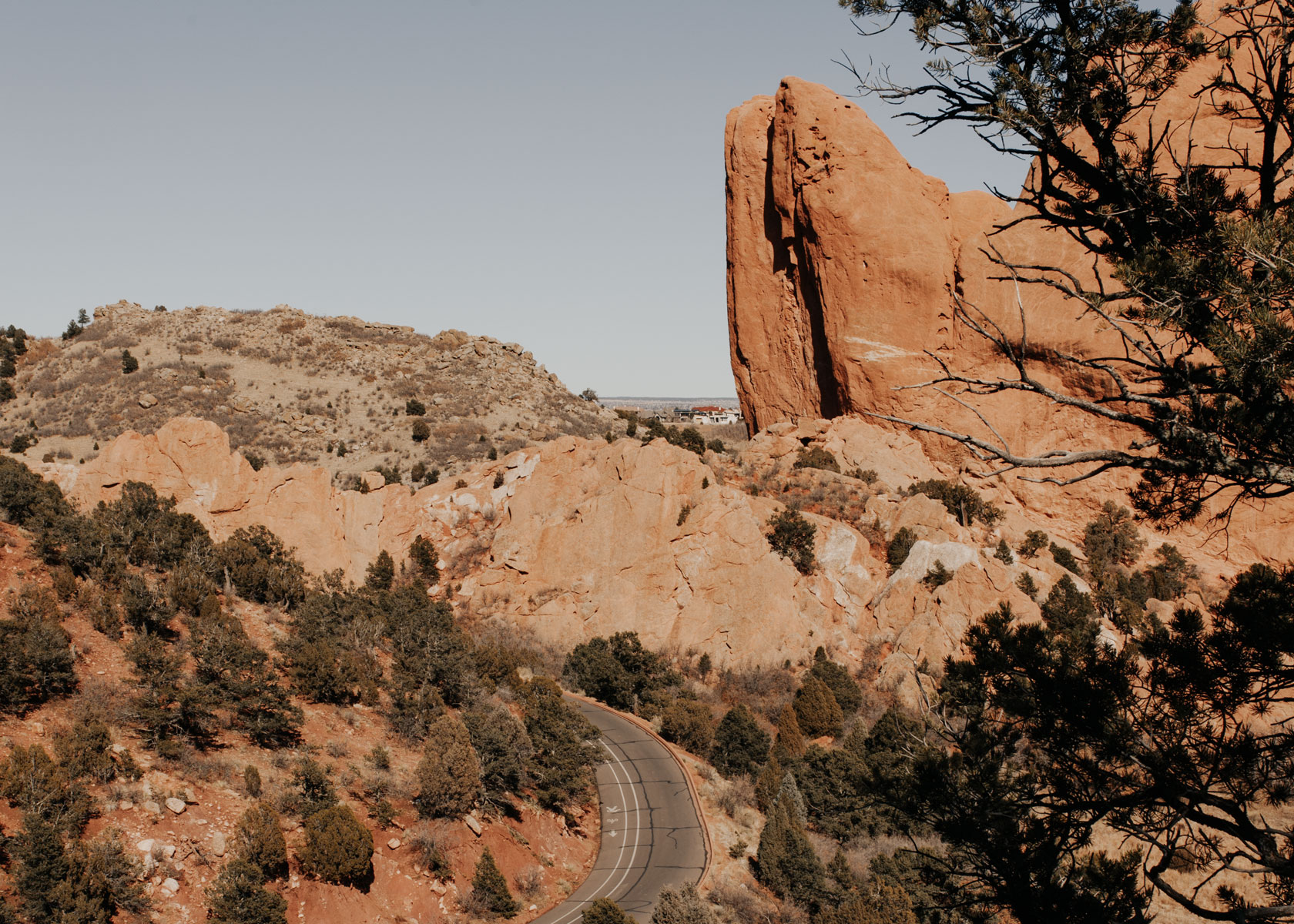


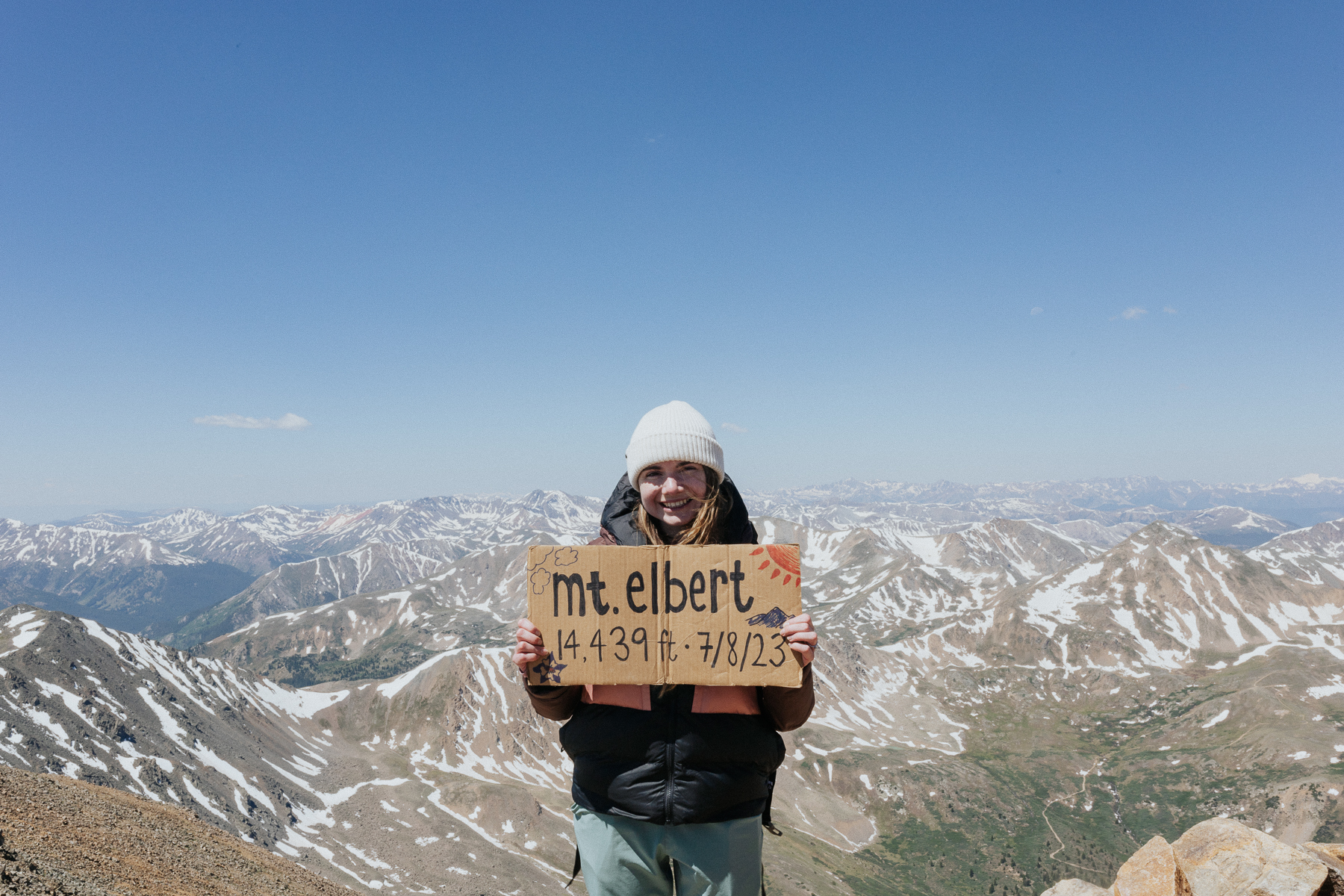

[close]
Comments